Manual BeefEater Balcony Barbecue
Need a manual for your BeefEater Balcony Barbecue? Below you can view and download the PDF manual for free in English. This product currently has 1 frequently asked question, 1 comment and has 0 votes. If this is not the manual you want, please contact us.
Is your product defective and the manual offers no solution? Go to a Repair Café for free repair services.
Manual
Loading…


Loading…
Rating
Let us know what you think about the BeefEater Balcony Barbecue by leaving a product rating. Want to share your experiences with this product or ask a question? Please leave a comment at the bottom of the page.More about this manual
We understand that it’s nice to have a paper manual for your BeefEater Balcony Barbecue. You can always download the manual from our website and print it yourself. If you would like to have an original manual, we recommend you contact BeefEater. They might be able to provide an original manual. Are you looking for the manual of your BeefEater Balcony Barbecue in a different language? Choose your preferred language on our homepage and search for the model number to see if we have it available.
Specifications
| Brand | BeefEater |
| Model | Balcony |
| Category | Barbecues |
| File type | |
| File size | 1.52 MB |
All manuals for BeefEater Barbecues
More manuals of Barbecues
Frequently Asked Questions about BeefEater Balcony Barbecue
Our support team searches for useful product information and answers to frequently asked questions. If you find an inaccuracy in our frequently asked questions, please let us know by using our contact form.
What is the difference between charcoal and briquettes? Verified
Briquettes are made of leftover bits from charcoal production, giving it different properties. Charcoal burns faster and can reach higher temperatures. Briquettes burn longer and maintain a more consistent temperature.
This was helpful (218) Read more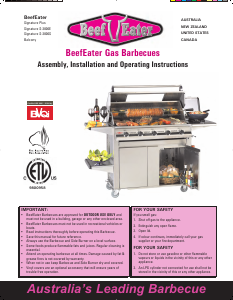

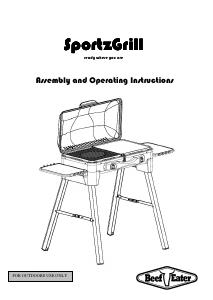
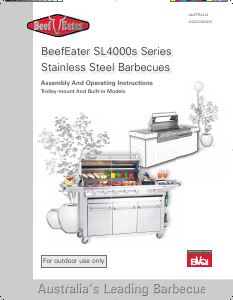
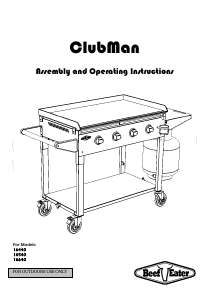
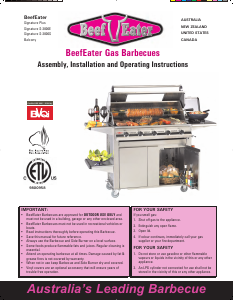
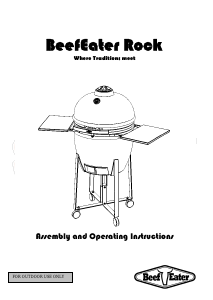
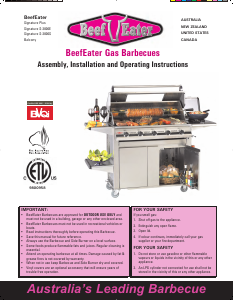
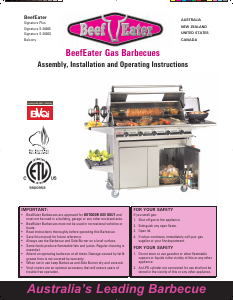
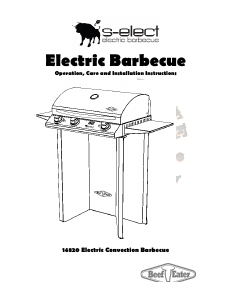
Join the conversation about this product
Here you can share what you think about the BeefEater Balcony Barbecue. If you have a question, first carefully read the manual. Requesting a manual can be done by using our contact form.
reply | This was helpful (0) (Translated by Google)